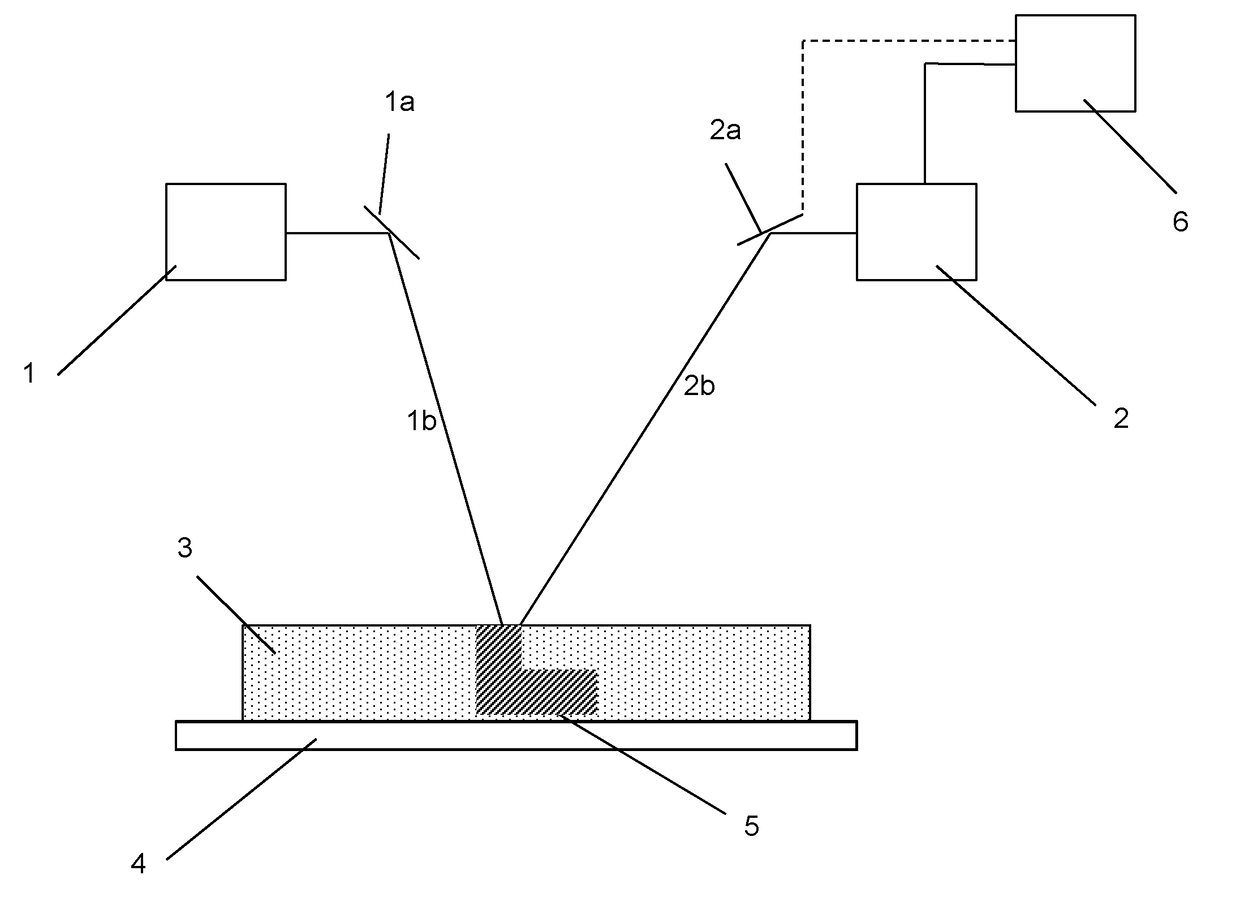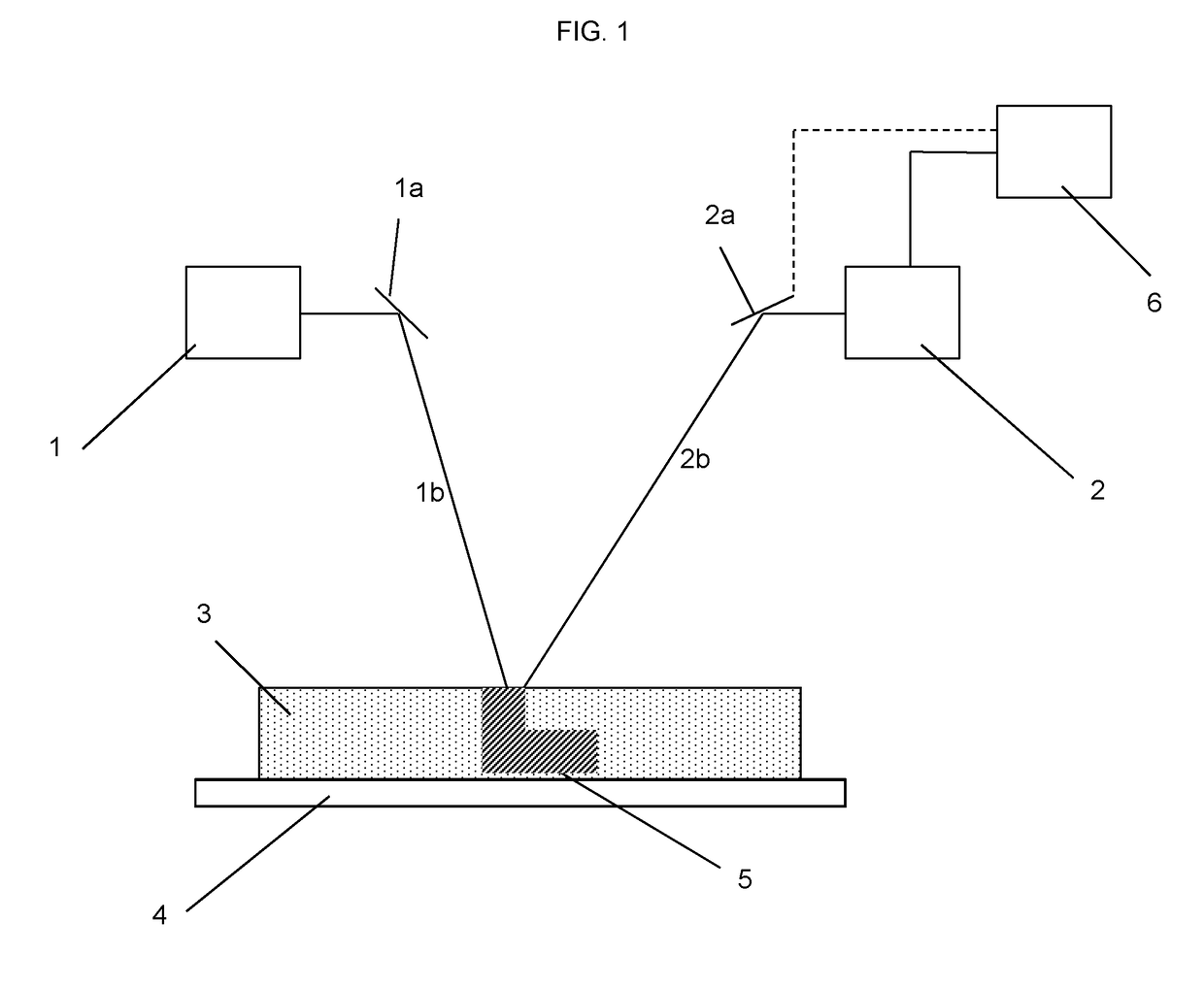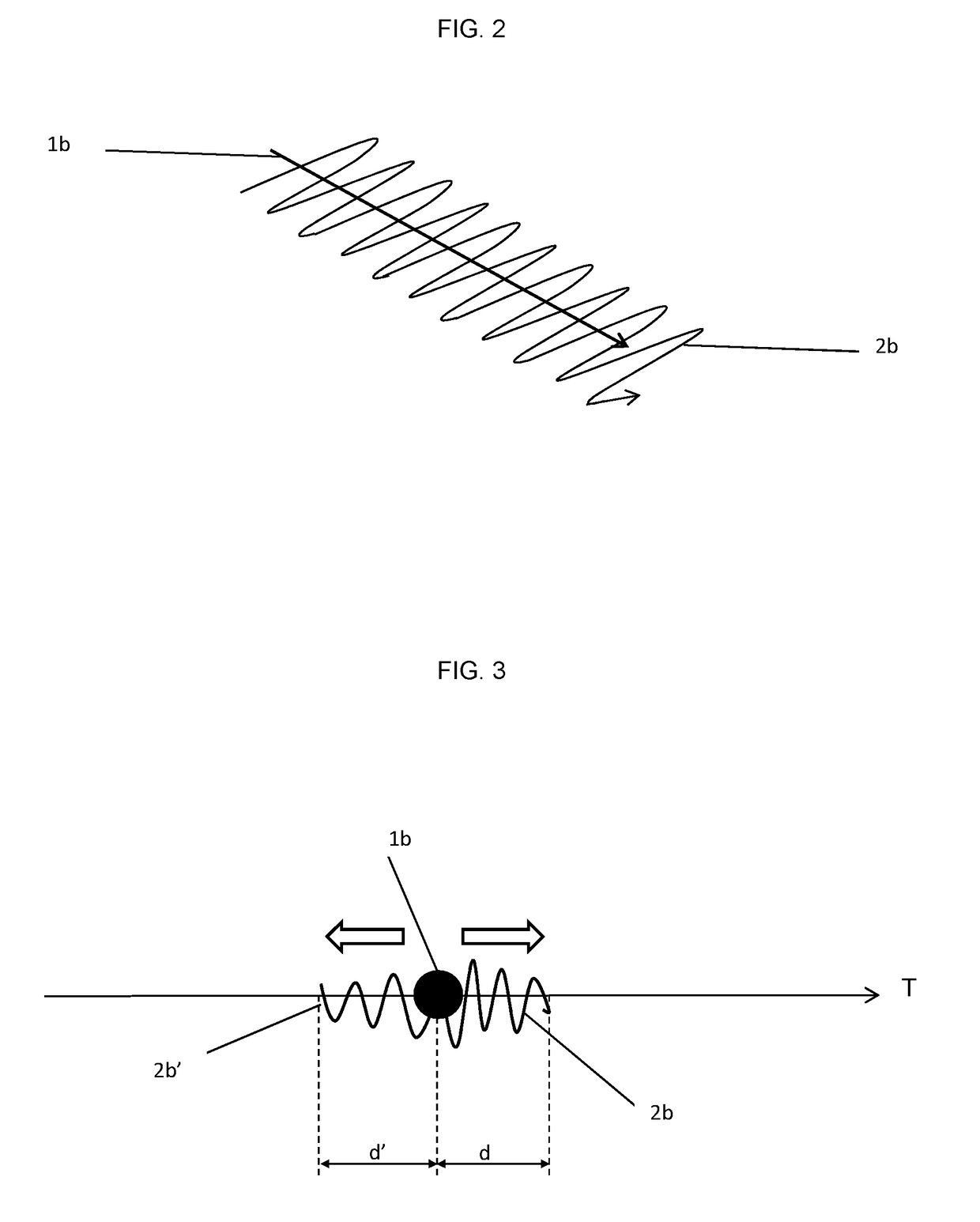Additive layer manufacturing methods
a manufacturing method and additive layer technology, applied in the direction of additive manufacturing processes, manufacturing tools, turbines, etc., can solve the problems of mechanical deficiencies in alm manufactured components, propagation of cracks within components, and limited control of heating and cooling cycles in many known alm technologies, so as to reduce residual stress build-up and achieve more equi-axe grain structure
- Summary
- Abstract
- Description
- Claims
- Application Information
AI Technical Summary
Benefits of technology
Problems solved by technology
Method used
Image
Examples
Embodiment Construction
[0039]As can be seen in FIG. 1, an apparatus suitable for performing the ALM process of the invention comprises a first energy beam source 1 with associated optics la for controlling the characteristics of an energy beam 1b emitted by the source 1. Also provided is a second energy beam source 2 with associated optics 2a for controlling the characteristics of an energy beam 2b emitted by the source 2. Both beams 1b, 2b are focused on a bed 3 of a powdered substrate which is provided in sequential layers onto a plate 4. The first energy beam 1b is configured to locally melt powder in the bed 3 which, as it cools, consolidates to form a workpiece 5. The second energy beam 2b is configured to heat powder in the locality of the powder melted by the first energy beam 1b whereby to control the rate of cooling of the melted powder and powder adjacent thereto.
[0040]Movement of the first energy beam 1b is controlled using prior known methods. For example, scanning optics could be used and who...
PUM
| Property | Measurement | Unit |
|---|---|---|
| power | aaaaa | aaaaa |
| constant velocity | aaaaa | aaaaa |
| distances | aaaaa | aaaaa |
Abstract
Description
Claims
Application Information
 Login to View More
Login to View More - R&D
- Intellectual Property
- Life Sciences
- Materials
- Tech Scout
- Unparalleled Data Quality
- Higher Quality Content
- 60% Fewer Hallucinations
Browse by: Latest US Patents, China's latest patents, Technical Efficacy Thesaurus, Application Domain, Technology Topic, Popular Technical Reports.
© 2025 PatSnap. All rights reserved.Legal|Privacy policy|Modern Slavery Act Transparency Statement|Sitemap|About US| Contact US: help@patsnap.com



